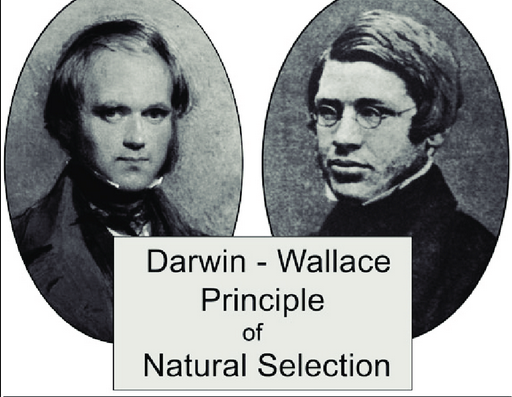Darwin was placed in an agonizing quandary. If he rushed into print to preserve his priority, he would be taking advantage of an innocent tip-off from a distant admirer. But if he stepped aside, as gentlemanly conduct arguably required, he would lose credit for a theory that he had independently propounded. Wallace's theory was, by Wallace's own admission, the result of a flash of insight; Darwin's was the product of years of careful, plodding, methodical thought. It was all crushingly unfair.

To compound his misery, Darwin's youngest son, also named Charles, had contracted scarlet fever and was critically ill. At the height of the crisis, on June 28, the child died. Despite the distraction of his son's illness, Darwin found time to dash off letters to his friends Charles Lyell and Joseph Hooker, offering to step aside but noting that to do so would mean that all his work, "whatever it may amount to, will be smashed." Lyell and Hooker came up with the compromise solution of presenting a summary of Darwin's and Wallace's ideas together. The venue they settled on was a meeting of the Linnaean Society, which at the time was struggling to find its way back into fashion as a seat of scientific eminence. On July 1, 1858, Darwin's and Wallace's theory was unveiled to the world. Darwin himself was not present. On the day of the meeting, he and his wife were burying their son.












